IRONMAN triathlons are often considered the pinnacle achievement for endurance athletes. The 140.6-mile race consisting of a swim, a bike, and a run challenges athletes physically as well as mentally.
But what makes completing the epic journey of an IRONMAN so compelling for so many?
In this article, we’ll learn about the history of IRONMAN, and provide a guide to setting goals for this impressive challenge. We’ll share insight from IRONMAN athletes and provide tips on how you can start training for your first race.
HISTORY OF IRONMAN
The first IRONMAN triathlon sprung from a discussion among a group of athletes gathered in Hawai`i about who were the fittest athletes: swimmers, cyclists, or runners.
The solution? To combine all three disciplines into a single race.
The first IRONMAN took place in 1978 in O`ahu, Hawaii, and had only 15 competitors. The athletes swam the Waikiki Roughwater Swim course, biked the 112-mile perimeter of Honolulu, and ran the existing Honolulu Marathon course. (In 1982, the event moved to the Big Island of Hawai`i) Little did those first competitors know that their friendly challenge would spark a global movement, inspiring athletes from all walks of life to take up the challenge.
As IRONMAN founder John Collins famously said, “Swim 2.1 miles, ride 112 miles, run 26.2 miles...brag for the rest of your life.” Combining these three disciplines and distances into a single day requires athletes to train intelligently and prepare methodically.
An IRONMAN athlete’s day begins with a 2.4-mile (3.86 km) open-water swim, in pristine lakes, expansive ocean bays, or urban rivers and reservoirs. Competitors must learn to temper their effort on this first leg, as they have a long day ahead. Consistent training in the pool that develops swim strength over speed is the key to this first segment.

After the swim comes a 112-mile (180.25 km) bike ride, often through picturesque farmland and alongside scenic lakeside villages. The IRONMAN race portfolio is truly varied! From flat courses to rolling terrain to straight-up hilly course profiles, athletes can choose a course that best suits their strengths. Pacing and nutrition are also incredibly important on the bike portion, as a full marathon awaits each athlete.
Next up is the final portion of the race: a 26.2-mile (42.16 km) run – a full marathon. By the time athletes get to the run, they’ve been racing for numerous hours and need to have managed their race well. Pacing, nutrition, and hydration become increasingly important in this portion too, as well as mental endurance strategies. By the time the run rolls around, the mind can become a tool for or against each athlete.
At the end of this epic, all-day journey, the red carpet awaits: many call it the experience of a lifetime reaching that finish line in front of roaring crowds, and being named an IRONMAN for the first time.
You are an IRONMAN!

HOW TO GET STARTED: GOAL SETTING
If you think an IRONMAN may be in your future, it’s relatively easy to get started. First, you’ll want to build your skills, strength, and endurance in each of the three disciplines: swimming, cycling and running. This can be achieved by joining a TriClub or soliciting the advice of a friend who’s done triathlons, or hiring an IRONMAN Certified Coach.
Many athletes opt to complete a few shorter-distances races, up to an IRONMAN 70.3 (or half-distance race), which is half the distance of a full IRONMAN. This is a smart move, as it introduces you not only to the nuances of training but the logistics of racing itself.
Goal-setting is an important element of racing at all distances and levels. Knowing your “why,” as well as what you want to achieve in training and racing will help you get more out of your journey. Learning more about how to set goals here.
For athletes who have completed a few races, improving one’s time over a certain portion of the race, or one’s overall time, are both common goals. Working on mental, nutrition, and pacing strategies are often more advanced goals.
Whatever motivates you will help you make a great goal, and achieving that goal will help keep you focused during training. Once you set a goal, you can then start the training process. Here is how Master Coach Mark Allen gets ready. Also, visit IRONMAN’s Become One for more tips and tricks for first-timers, including beginner’s gear lists, training plans, and more.
REIMAGINE YOUR LIMITS: LET’S GO!
“You must decide to tread into the unknown or retreat into the familiar.”
- IRONMAN's Reimagine Your Limits Video
This year, Athletic Brewing – the Title sponsor of the Athletic Brewing IRONMAN Lake Placid Part of the VinFast North America Series – is sending a team of 12 athletes to compete under the umbrella of Team Athletic. For some, it’s their first race; others are more familiar with IRONMAN but will be toeing the start line at Lake Placid for the first time.

Regardless of experience, each is excited for the challenge. Here, a couple of our athletes share their motivation.
Team Athletic member Tim Dickerson has started 10 IRONMAN and nine IRONMAN 70.3 races. Lake Placid will be his 11th attempt at an IRONMAN. Here are a few things that motivate him to jump into the water on race morning:
“I am motivated by the joy of seeing what my body is able to do. As someone who is considered a larger athlete, I find a great deal of motivation to go out and complete training sessions and races when others may think that I should not be able to. I am motivated by the fact that I can show others that anything is possible as long as you put in the effort.
“I am motivated by the pain. The pain that comes with hard training sessions. The pain that comes with hilly bike courses. The pain shows up at mile-18 of the marathon. The pain of accomplishment and the pain of failure. All the pain is fuel. The pain leads to the finish lines. The pain leads to joy.
“I am motivated by the red carpet. The red carpet of an IRONMAN finish is like nothing else, and after you get your first finish, you cannot wait to get the next.”
Another member of Team Athletic, Becca Heron, is attempting her first full IRONMAN at Lake Placid. She’s been through one IRONMAN 70.3 and is motivated by “finding joy in moving my body and challenging myself mentally.”
She recommends to “start slow, listen to your body, give yourself time to recover and be gentle with yourself when training days don’t go to play.” She also adds (and we think this part is key): to “Have fun with it!”
For Lucas Crooks, a customer experience associate at Athletic Brewing, his motivation for competing in IRONMAN races is his overall well-being.
“I think the key factor that motivated me to do an IRONMAN 70.3, or any endurance race for that matter, is I wanted to become a healthier and happier version of myself.”
As far as his advice for training? Here’s what he says:
“Consistency is the key that unlocks your true potential. Greatness isn’t achieved through one extraordinary workout or a single exceptional week. It’s the accumulation of consistent efforts over time that lead to remarkable achievements. Even the greatest athletes of our time understand this truth – they have dedicated themselves to consistency over many years.”
For some more motivational quotes and inspiration, check out this wonderful YouTube video!
GOOD LUCK, ATHLETES!
As the Official Non-Alcoholic Beer of IRONMAN Triathlon Series and Title Sponsor of the Athletic Brewing IRONMAN Lake Placid Part of the VinFast North America Series, we are wishing every Team Athletic member and every participant good luck at the upcoming race!
Don’t forget to check out our Without Compromise podcast for more training stories and interviews from IRONMAN’s top competitors!






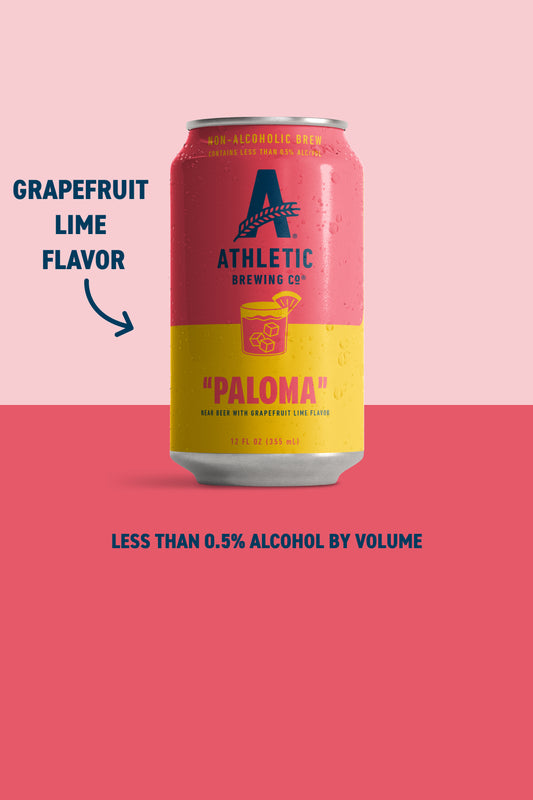


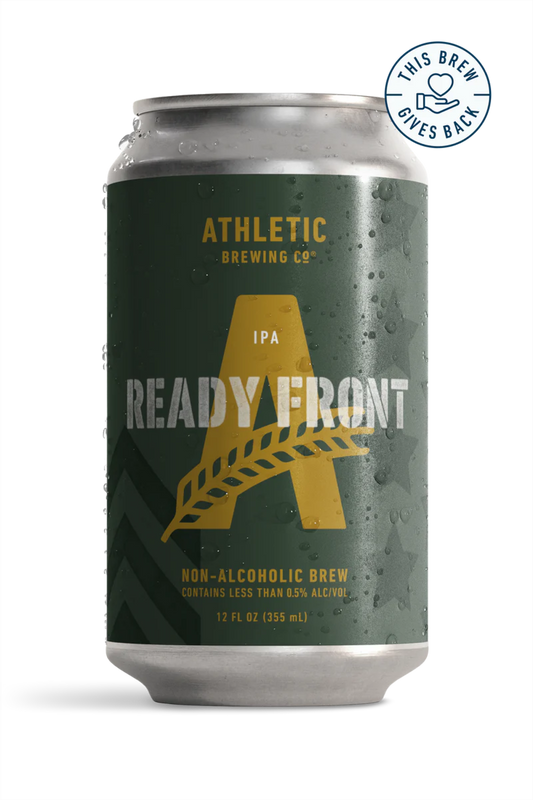
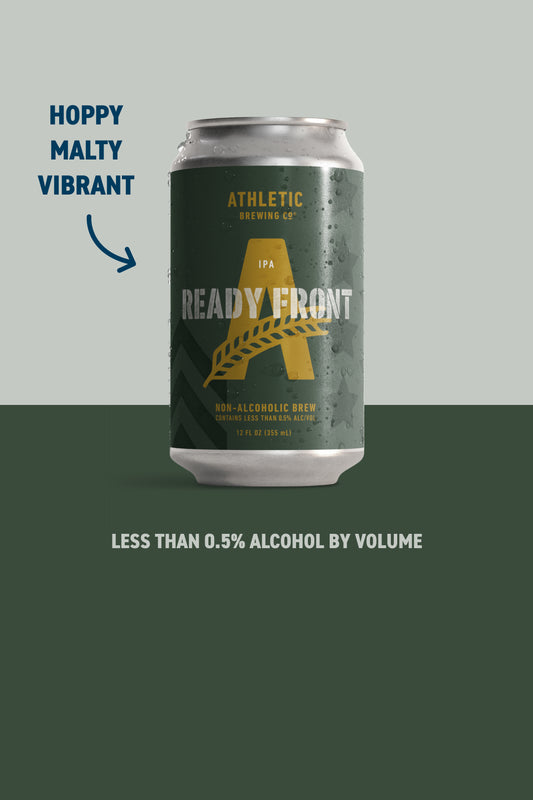
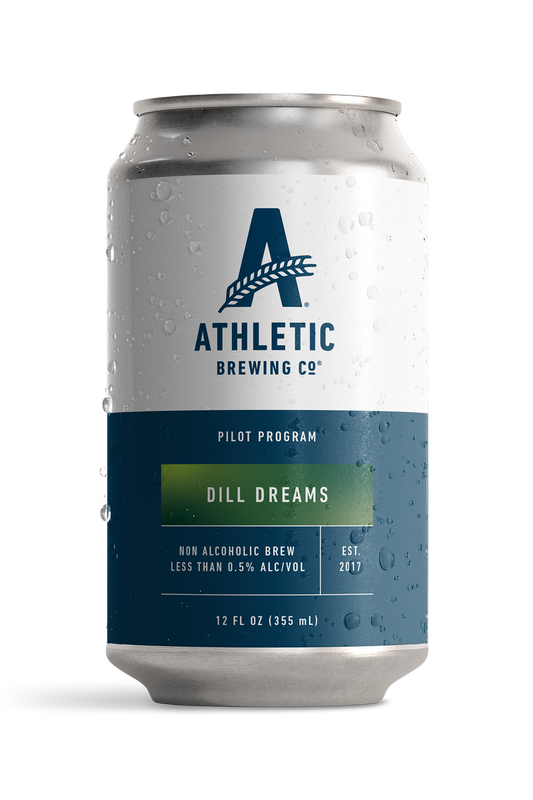

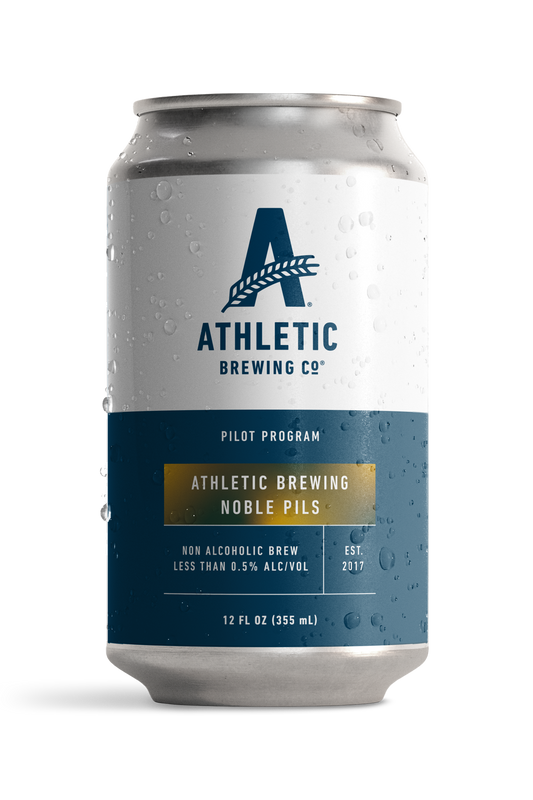

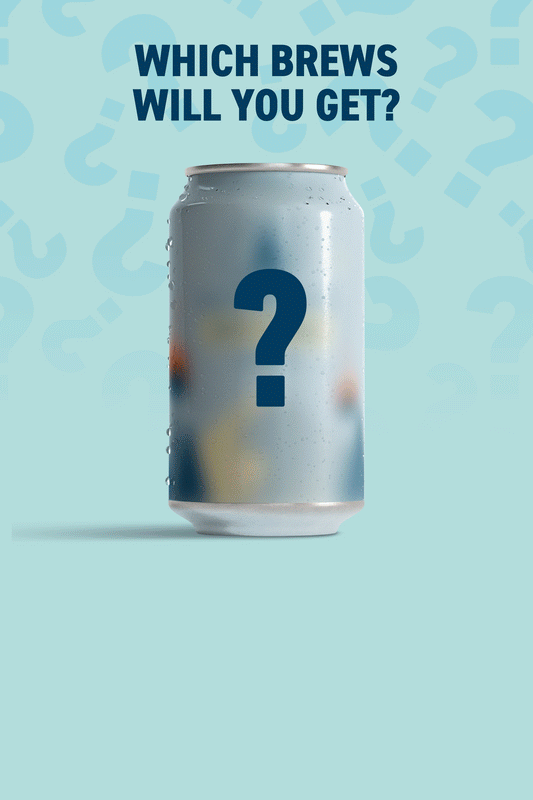









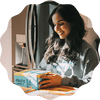


 Your Privacy Choices
Your Privacy Choices











